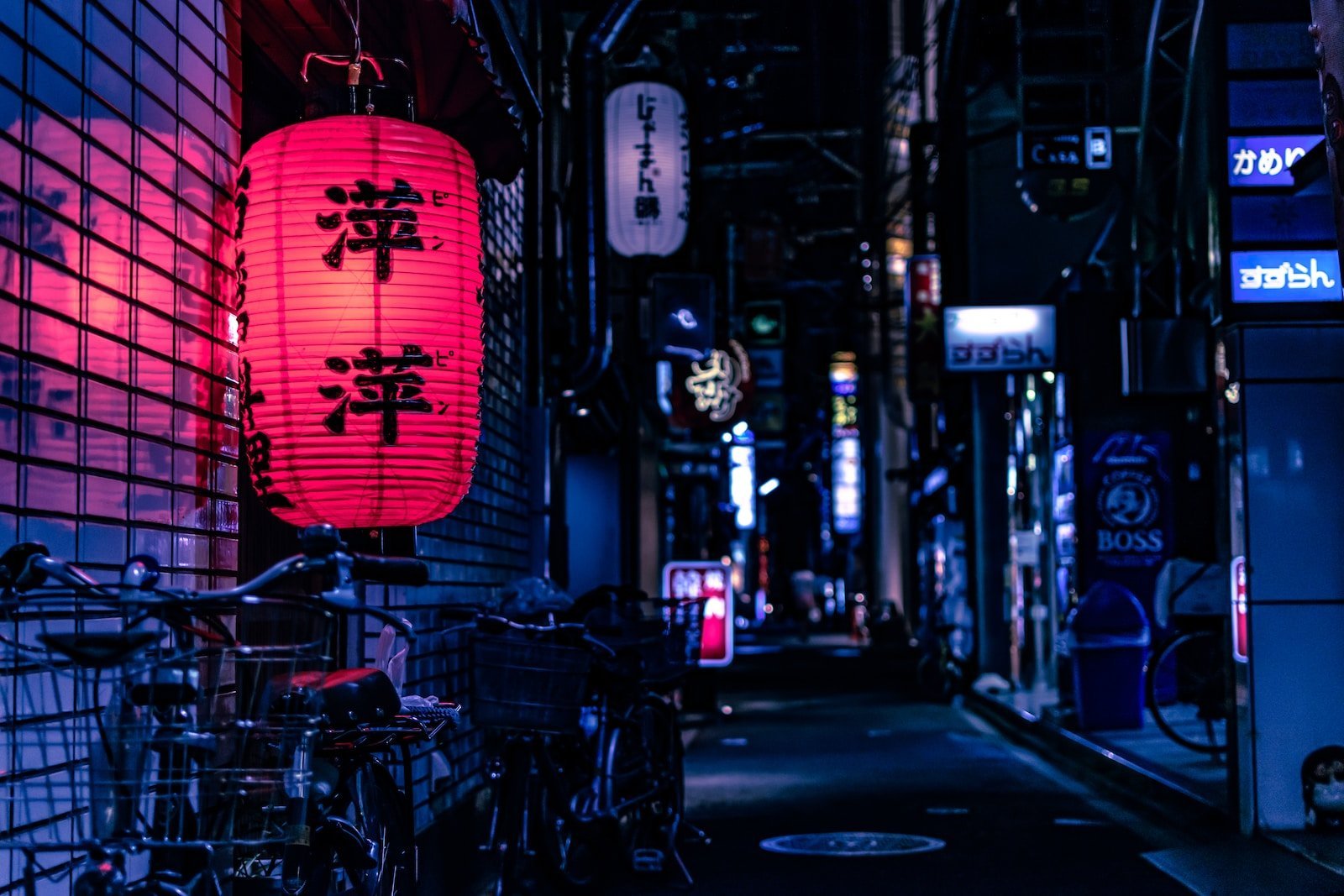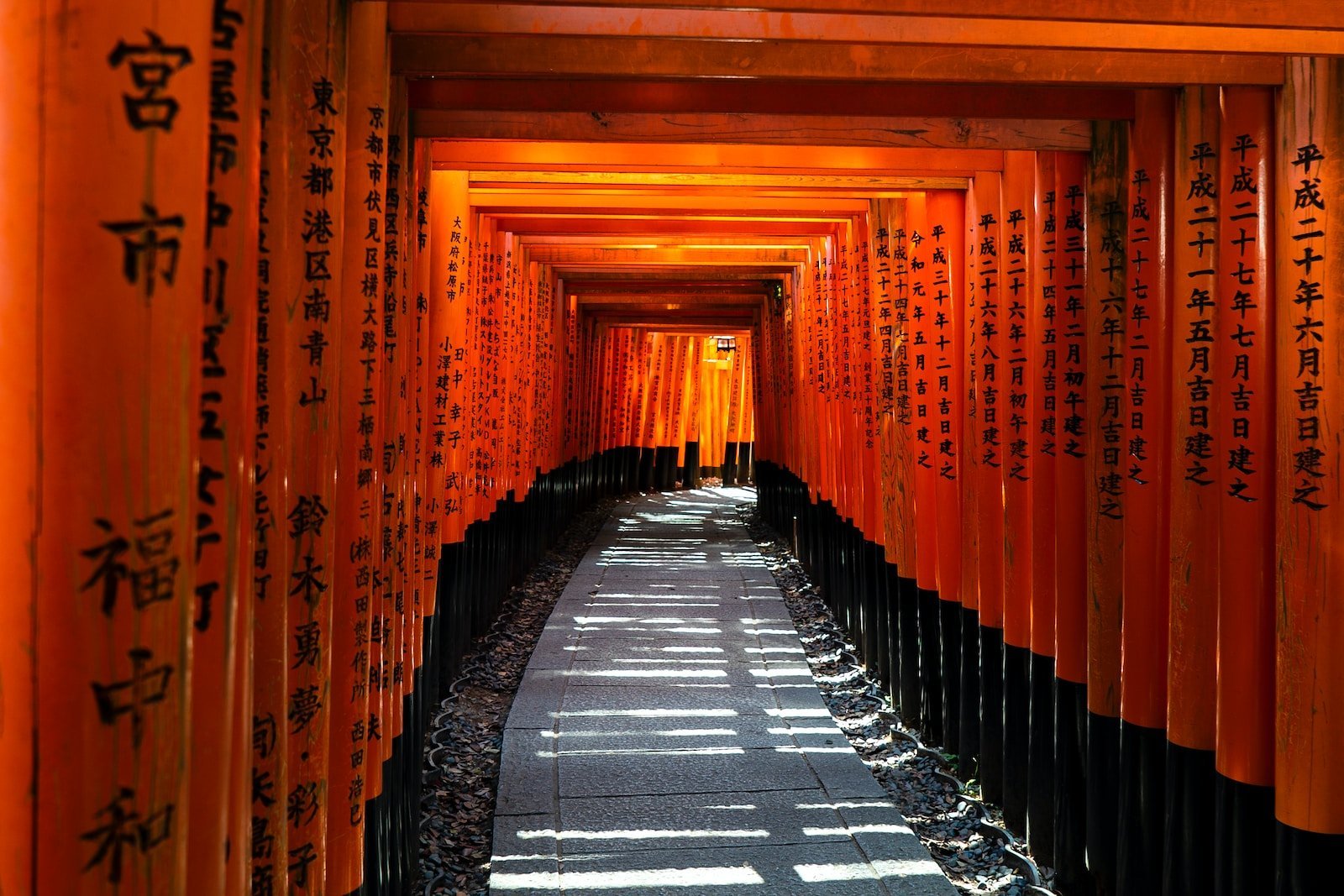Japan, a country rich in tradition and culture, offers a unique and fascinating experience for travelers. However, understanding the cultural etiquette can be a bit daunting, especially for first-time visitors. This guide aims to answer the questions you might have about Japanese etiquette, helping you navigate this beautiful country with grace and respect.
What Should I Know About Bowing in Japan?
Bowing is an essential part of Japanese culture, symbolizing respect, gratitude, and humility.
- When to Bow: It’s common to bow when greeting, thanking, apologizing, or saying goodbye.
- How to Bow: The bow’s depth and duration depend on the situation. A slight nod is casual, while a deeper bow shows more respect.
- Who Bows First: Usually, the younger or lower-ranking person bows first, but it’s not a strict rule.
How Should I Behave in Public Places?
Japanese society values order and cleanliness, and public behavior reflects these principles.
- Speaking Volume: Keep conversations at a low volume, especially on public transportation.
- Littering: Always use trash bins or carry your trash with you.
- Smoking: Only smoke in designated areas.
- Queuing: Stand in orderly lines and wait your turn.
What is the Proper Dining Etiquette?
Japanese dining etiquette is rich in tradition, and following these guidelines shows respect to your hosts.
- Using Chopsticks: Don’t point with chopsticks or stick them upright in a bowl of rice, as it resembles funeral rituals.
- Saying “Itadakimasu”: Say this phrase before eating, expressing gratitude for the meal.
- Pouring Drinks: Pour drinks for others, and allow them to pour yours.
- Finishing Your Meal: Try to finish all the food on your plate to show appreciation.
How Should I Dress When Visiting Temples and Shrines?
When visiting sacred places, modest and respectful attire is appreciated.
- Covering Shoulders and Knees: Avoid sleeveless tops and short skirts or shorts.
- Removing Shoes: Look for signs or shoe racks indicating where to remove your footwear.
- Paying Respect: Follow the local customs for paying respect, such as ringing a bell or clapping hands.
How Do I Navigate Japanese Baths (Onsen)?
Onsen (hot spring baths) are a beloved Japanese tradition, and following the etiquette ensures a relaxing experience.
- Washing Before Entering: Thoroughly wash and rinse your body before entering the communal bath.
- Tattoos: Some onsen may have restrictions on tattoos, so check in advance or cover them if possible.
- Keeping Quiet: Onsen are places for relaxation, so keep conversations soft and minimal.
What Should I Know About Gift-Giving?
Gift-giving is a thoughtful practice in Japan, especially when visiting someone’s home.
- Wrapping: Gifts should be wrapped neatly, and many stores offer wrapping services.
- Presenting with Two Hands: Offer and receive gifts with both hands.
- Avoiding Certain Numbers: Avoid gifts in sets of four or nine, as these numbers can be associated with bad luck.
Conclusion
Understanding cultural etiquette in Japan is not just about following rules; it’s about embracing a mindset of respect, mindfulness, and harmony. While it might seem overwhelming at first, the Japanese are often understanding and appreciative of foreigners who make an effort to honor their customs.
So, whether you’re navigating the bustling streets of Tokyo, enjoying a traditional tea ceremony in Kyoto, or relaxing in a tranquil onsen in the countryside, these insights into Japanese etiquette will enhance your experience and deepen your connection with this remarkable culture.
Happy travels, and enjoy the beauty and grace of Japan!


